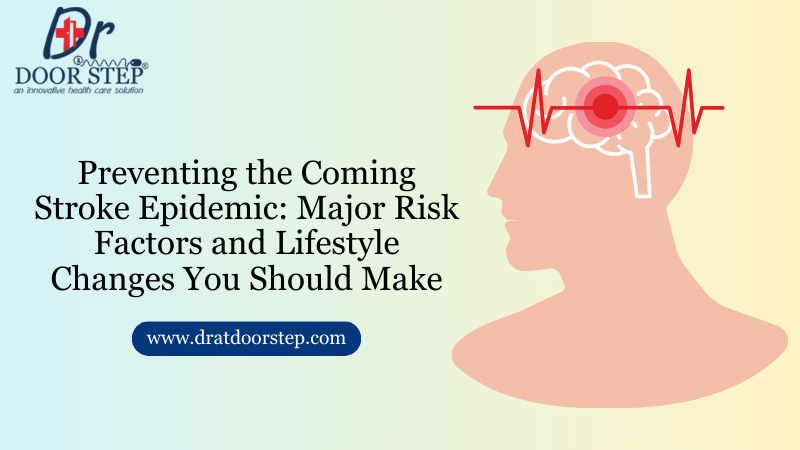Preventing the Coming Stroke Epidemic: Major Risk Factors and Lifestyle Changes You Should Make


Advantages of full body checkup for.
In order to have a healthy lifestyle, we must follow a balanced diet, get regular exercise, and sleep on a.
Read More
Doctor on Call: The Importance of.
Health disparities are particularly widespread in India, a country with such a huge population. However, having a doctor on call.
Read More

